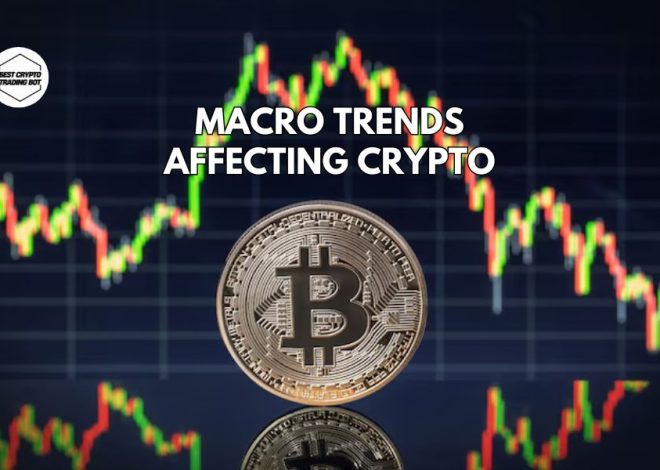
Why is Ethereum lagging Bitcoin
Why is Ethereum lagging Bitcoin is a central question many ask, especially given its innovative potential. This article dissects the key factors, from historical precedence and technological intricacies to distinct market dynamics, contributing to Ethereum’s sometimes slower pace compared to Bitcoin, offering a comprehensive insight into this ongoing cryptocurrency debate.
Contents
Why is Ethereum lagging Bitcoin
Bitcoin’s first-mover advantage and brand recognition
Bitcoin, born in 2009, was the first cryptocurrency, ushering in a new era for decentralized finance. This “first-mover” advantage gives Bitcoin undeniable brand recognition. It’s often likened to “digital gold” – a safe and reliable store of value. This helps Bitcoin attract a large number of traditional investors and large institutions seeking stability and familiarity rather than complex technologies. The simplicity of Bitcoin’s primary use case (store of value and medium of exchange) also makes it more accessible to the general public.
Ethereum’s complexity and purpose
Unlike Bitcoin, Ethereum was designed as a platform for decentralized applications (dApps) and smart contracts. This opens up countless possibilities, from decentralized finance (DeFi), NFTs, to decentralized autonomous organizations (DAOs). However, this complexity is also a barrier. Understanding Ethereum and its ecosystem requires more technical knowledge. For many new investors, the fact that Ethereum is lagging Bitcoin in terms of ease of understanding is apparent. Furthermore, complexity also comes with more risks, such as vulnerabilities in smart contracts that can be exploited.
Ethereum’s (past) scalability challenges
For a long time, Ethereum struggled with scalability issues. As the network became popular, transaction fees (gas fees) soared, and transaction processing speeds slowed down. This created poor user experiences and led some projects to seek alternative blockchain solutions. Although significant upgrades like The Merge (transitioning to Proof-of-Stake) and the development of Layer-2 solutions are gradually improving the situation, past negative impressions can still affect market perception. It’s true that Ethereum was lagging Bitcoin in network performance during certain periods.
Differences in tokenomics and supply
Bitcoin has a clear and unchanged monetary policy: a maximum total supply of 21 million BTC. This scarcity is a crucial factor attracting investors who view Bitcoin as an inflation hedge. Conversely, Ethereum initially had no hard supply cap, although after the EIP-1559 upgrade and The Merge, ETH can become deflationary under certain conditions. However, the uncertainty (or perceived uncertainty) about Ethereum’s long-term monetary policy might make some investors feel Bitcoin is a safer choice, contributing to why Ethereum is lagging Bitcoin in certain investor circles.
The regulatory environment and scrutiny
Both Bitcoin and Ethereum face scrutiny from regulatory bodies worldwide. However, due to their nature and mode of operation, they can be perceived differently. Bitcoin is often considered a digital commodity. Meanwhile, Ethereum’s past Initial Coin Offering (ICO) and its current Proof-of-Stake mechanism sometimes spark debates about whether ETH is a security. This regulatory uncertainty can be a factor causing some investors to hesitate, partly explaining instances of Ethereum lagging Bitcoin.
Narrative and market positioning
The narrative surrounding Bitcoin is simple and powerful: “digital gold,” “store of value.” This story is easily conveyed and attracts mainstream interest. Ethereum, with its role as the “world computer” or “platform for the decentralized internet,” has a more complex and future-oriented narrative. During periods of market uncertainty or when investors seek safety, Bitcoin’s simpler narrative often prevails, and this market preference is a key factor when considering why is Ethereum lagging Bitcoin in capital inflows.
However, it’s important to remember that both have distinct roles and strengths in the cryptocurrency ecosystem. Ethereum continues to innovate with a dynamic developer community and an ever-expanding application ecosystem. The future of both assets will depend on many factors, including market adoption, technological advancements, and the regulatory landscape.
In essence, the answer to why is Ethereum lagging Bitcoin lies in diverse historical, technological, and market elements. However, Ethereum’s journey is far from over. For ongoing crypto insights and to explore these dynamics further, follow Best Crypto Trading Bot!



